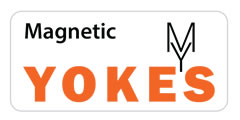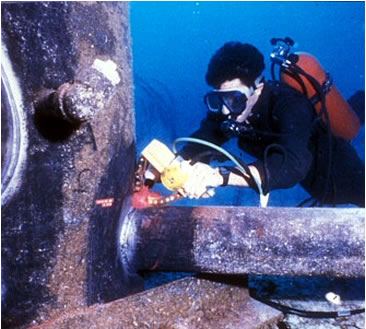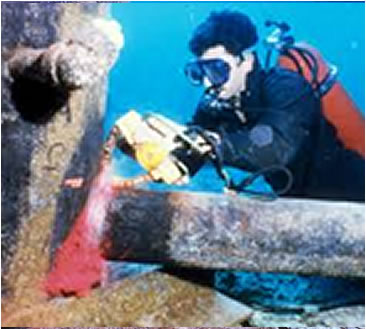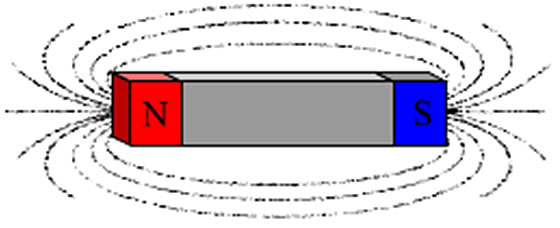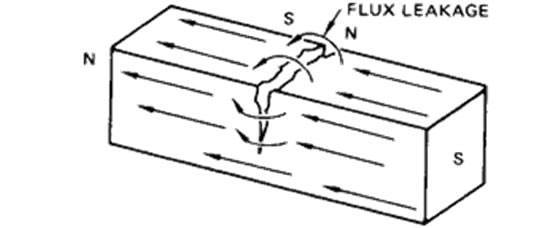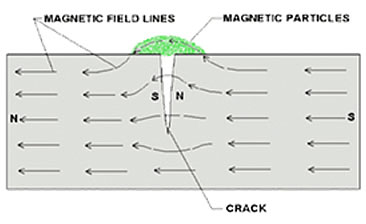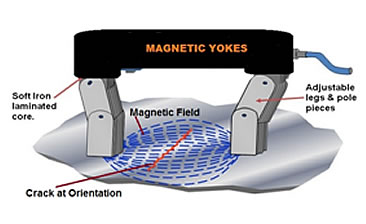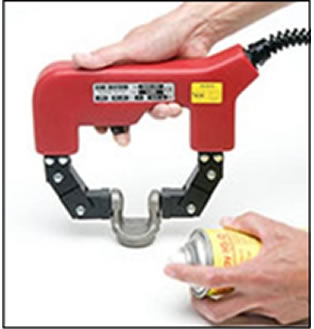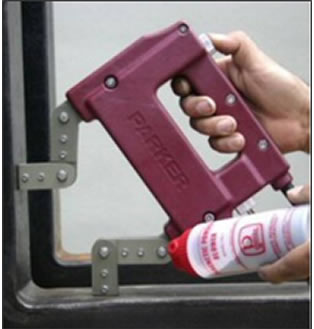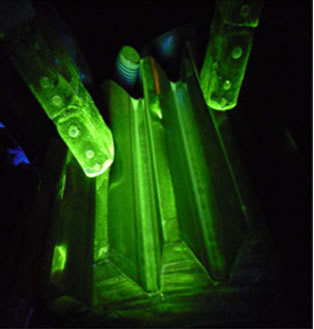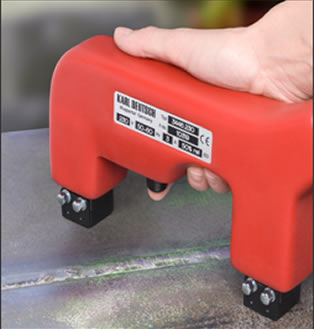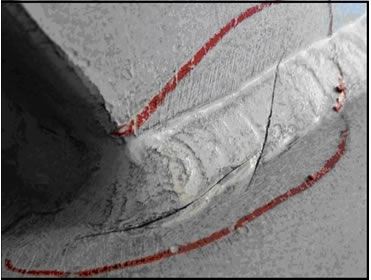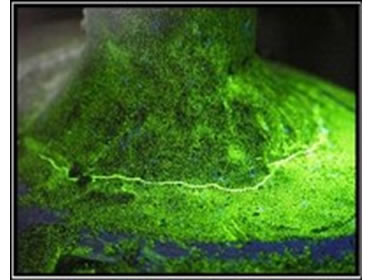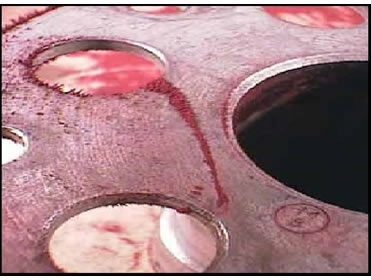How to Use Magnetic Yokes ( The Basics)
AS 1171 to be consulted at all times by the operator
Magnetic Particle Inspection (MPI) uses magnetic fields generated by Magnetic Yokes from Parker and Karl Deutsch www.magneticyokes.com.au with iron particles to detect flaws in components. The only requirement from an inspection standpoint is that the component being inspected must be made of a ferromagnetic material such as iron, nickel, cobalt, or some of their alloys. Ferromagnetic materials that can be magnetized with a B100S, B300S or 3446.230 to a level that will allow magnetic yokes inspection to be effective.
Magnetic yokes Deutropuls are used to inspect a variety of steel and iron products from castings, forgings, and welded items. Many different industries use magnetic yokes from Parker with particle inspection for determining a component’s fitness. Some examples of industries that use magnetic yokes particle inspection are the structural steel, automotive, petrochemical, power generation, and aerospace industries. Underwater UW12 inspection is another area where magnetic yokes particle inspection may be used to test items such as offshore structures and underwater pipelines.
In theory, MPI from Karl Deutsch & Parker is a relatively simple concept. It can be considered as a combination of two NDT methods: magnetic yokes flux leakage testing and visual testing.
Consider the case of a bar magnet. It has a magnetic field in and around the magnet. Any place that a magnetic line of force exits or enters the magnet is called a pole. A pole where a magnetic line of force exits the magnet is called a north pole and a pole where a line of force enters the magnet is called a south pole.
When a bar magnet is broken in the centre of its length, two complete bar magnets with magnetic poles on each end of each piece will result. If the magnet is just cracked but not broken completely in two, a north and south pole will form at each edge of the crack. The magnetic field exits the north pole and re-enters at the south pole. The magnetic field spreads out when it encounters the small air gap created by the crack because the air cannot support as much magnetic field per unit volume as the magnet can. When the field spreads out, it appears to leak out of the material and, thus is called a flux leakage field.
If iron particles from Magnetic Yokes are sprinkled on a cracked magnet, the particles will be attracted to and cluster not only at the poles at the ends of the magnet, but also at the poles at the edges of the crack. This cluster of particles is much easier to see than the actual crack and this is the basis for magnetic particle inspection by magnetic yokes with B300S or B200S.
The first step in a magnetic particle inspection is to use magnetic yokes like B300S, P2S, B310S, BAC310 or Deutropuls to magnetize the component that is to be inspected. If any defects on or near the surface are present, the defects will create a flux leakage field.
After the component has been magnetized with B300S by magnetic yokes, iron particles from Magnetic Yokes, either in dry, Ardrox or fluorescent form, are applied between the magnetic yokes P2S legs. The part must be magnetised at least once in both X & Y orientation with the B200S to allow the different fields to attract. The Ardrox “black and white” method or particles will cluster at the flux leakage fields, forming a visible indication that the inspector can detect quickly and easily, with the naked eye or under ultra violet light 3815.101 or OLX365 from Karl Deutsch and Parker.
FREE Australia Wide Delivery* Except DG
2 year parts & labour warranty*
